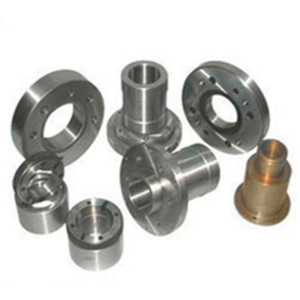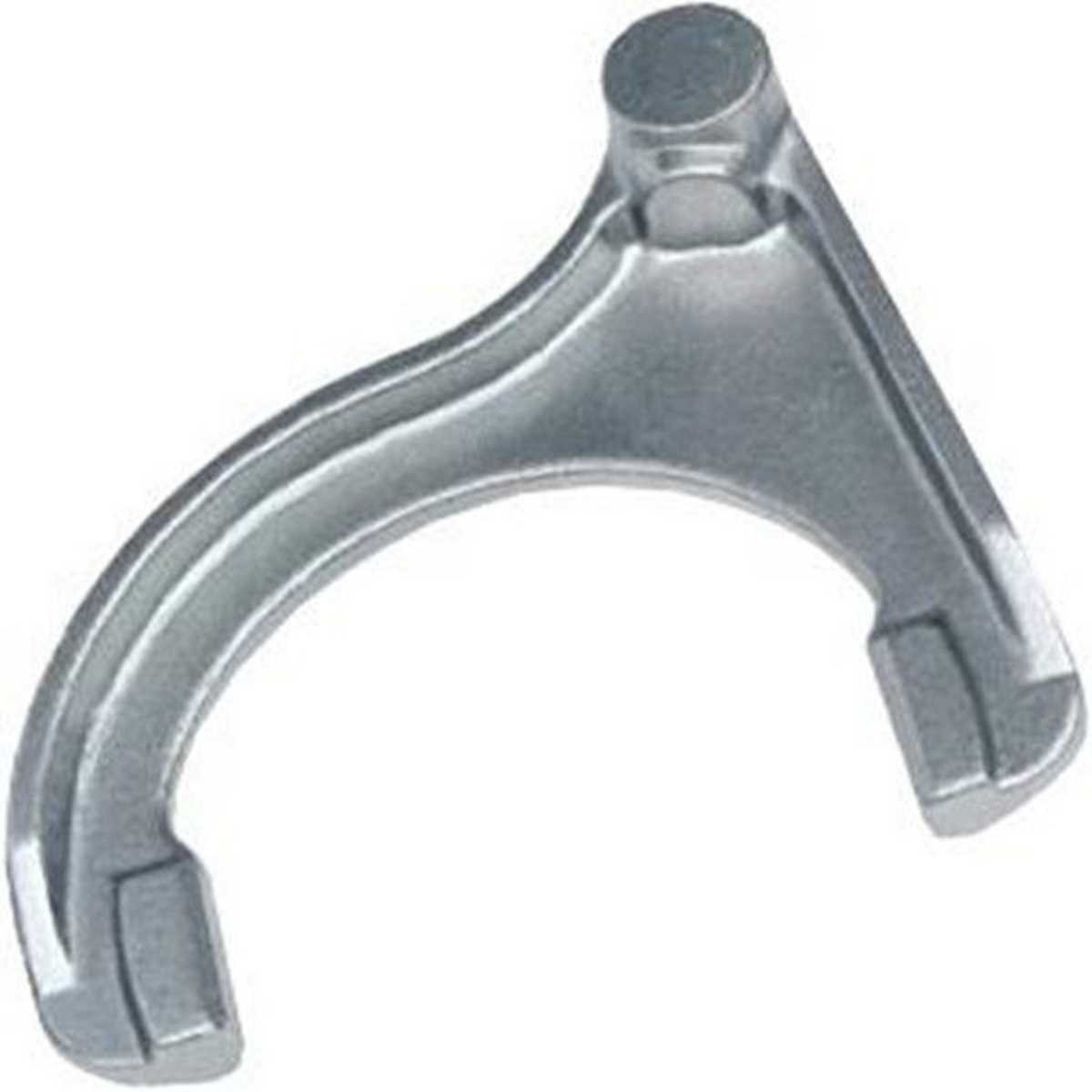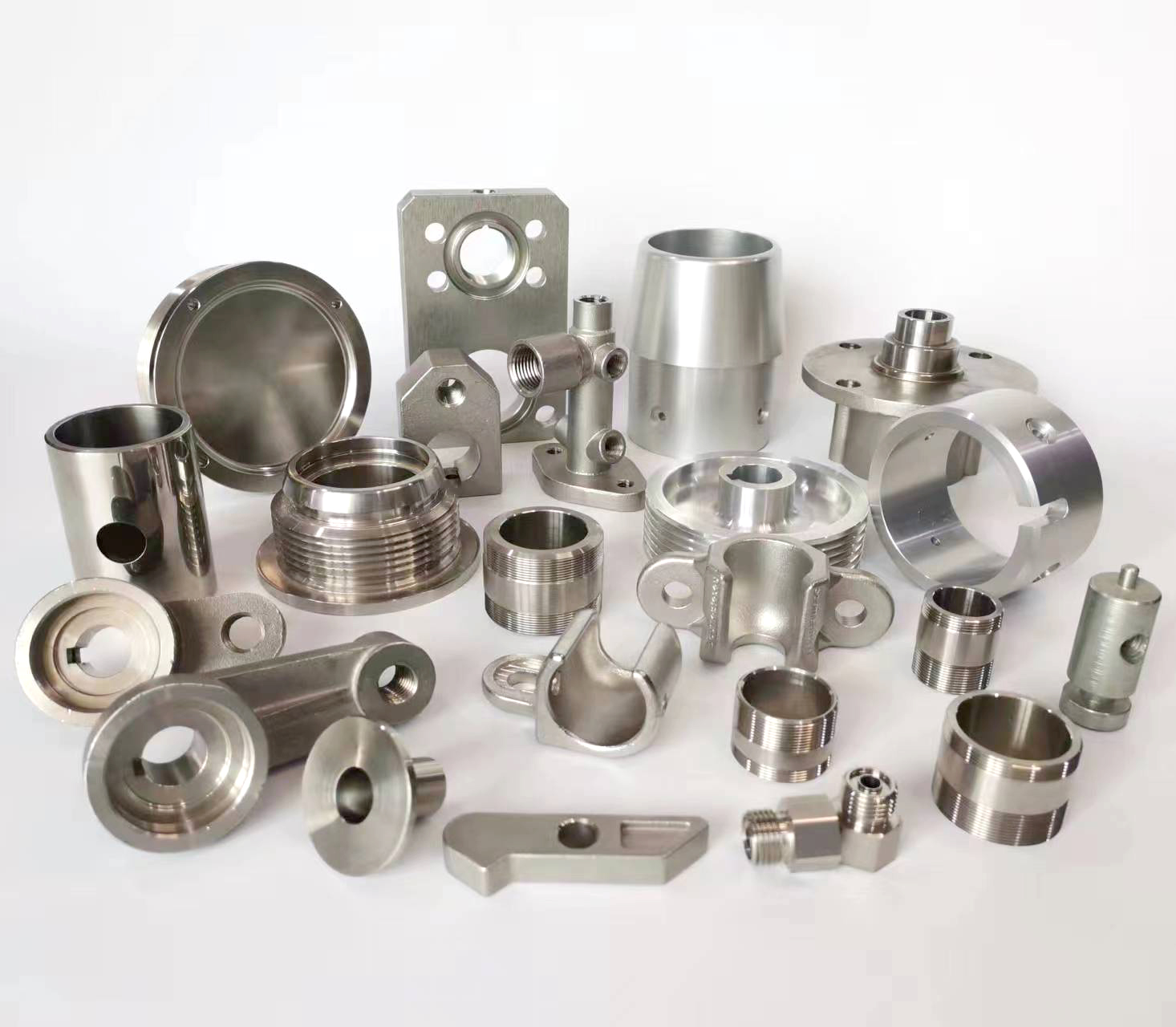Hot forging involves shaping the metal above its recrystallization point, which is typically between 0.3 and 0.5 times its absolute melting temperature (Tm). With this, the metal is much easier to shape, especially for metals that are hard to work with when cold.
Advantages
Thanks to high temperatures, the metal’s resistance to deformation is significantly lower, making it easier to shape complex or large parts.
The heat and pressure can help close small internal cracks, pores, or voids in the metal, which improves the part’s overall structure and strength.
Because hot forging makes the metal easier to deform, it’s ideal for forging very large pieces or shapes with thick sections.
Disadvantages
When metal is heated in air, it reacts with oxygen and forms a layer of scale on the surface, which can leave the part looking rough.
Besides making the surface look rough, scale can reduce part accuracy and also lead to slight material loss during the process.






